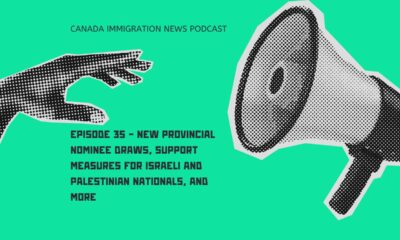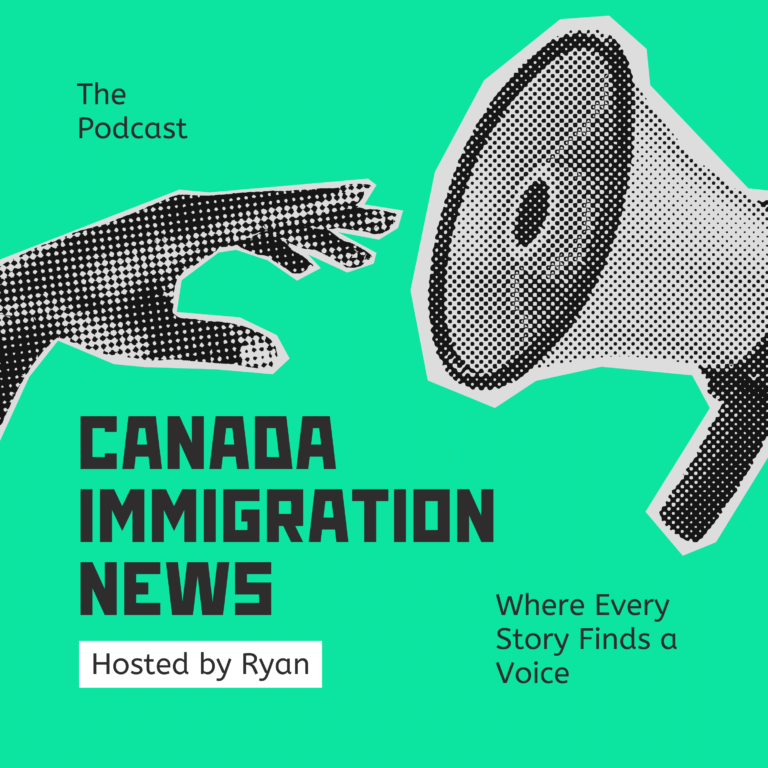Immigration Announcement
Temporary Residents Trends in Canada – Newcomers to Settle Outside Big Cities

In a recent study conducted by the Conference Board of Canada (CoBC), a fascinating trend emerged: more temporary residents are choosing to settle outside Canada’s major urban centers. This shift in settlement patterns is reshaping demographics and communities across the country, with significant implications for various sectors.
A Shift in Settlement Patterns
Using data from 2016 to 2021, the study analyzed immigration trends in both urban centers and surrounding areas. It found that regions outside major cities, such as the ring of census divisions surrounding Montreal, Toronto, and other metropolitan areas, are experiencing a notable increase in immigrant populations. For instance, Quebec’s rural regions saw a staggering 1,520 percent increase in temporary residents during this period.
Maximize Your IELTS Score:
Start your English journey: Learn English with British Council teachers — Up to 10% off
English Online Self-Study course: Learn English at your own pace with bite-sized exercises — Up to 10% off
Prepare for IELTS with the experts: Get the score you need with the co-creator of the IELTS test- Up to 15% off
Rise in Temporary Residents
This surge in newcomers to rural communities can be largely attributed to the recent rise in the number of temporary residents in Canada. Temporary residents, including those on study permits, work permits, or visitor visas, accounted for a significant portion of Canada’s new immigrants in 2023, almost doubling the number of permanent residents welcomed during the same period.
As temporary residents settle in non-urban centers, these communities are witnessing rapid population growth and changing demographics.
For example, Prince Edward Island saw a notable increase in its population of female temporary residents.
Addressing Concerns and Policy Changes
The influx of temporary residents has raised concerns about the availability of affordable housing and the strain on healthcare systems. Public support for high levels of immigration has declined in recent years, prompting policymakers to reevaluate immigration policies.
In response to these concerns, Immigration Minister Marc Miller announced several policy changes aimed at managing the influx of temporary residents. Temporary resident levels will now be included in the Immigration Levels Plan, providing a framework for managing future immigration levels. Additionally, temporary residents will have more opportunities to transition to permanent residency through programs like Express Entry and Provincial Nominee Programs.
By recognizing the contributions and needs of temporary residents, Canada can build more inclusive and resilient communities for all. As we navigate these changes, it’s essential to prioritize policies and initiatives that promote integration, support, and opportunity for newcomers across the country.
























